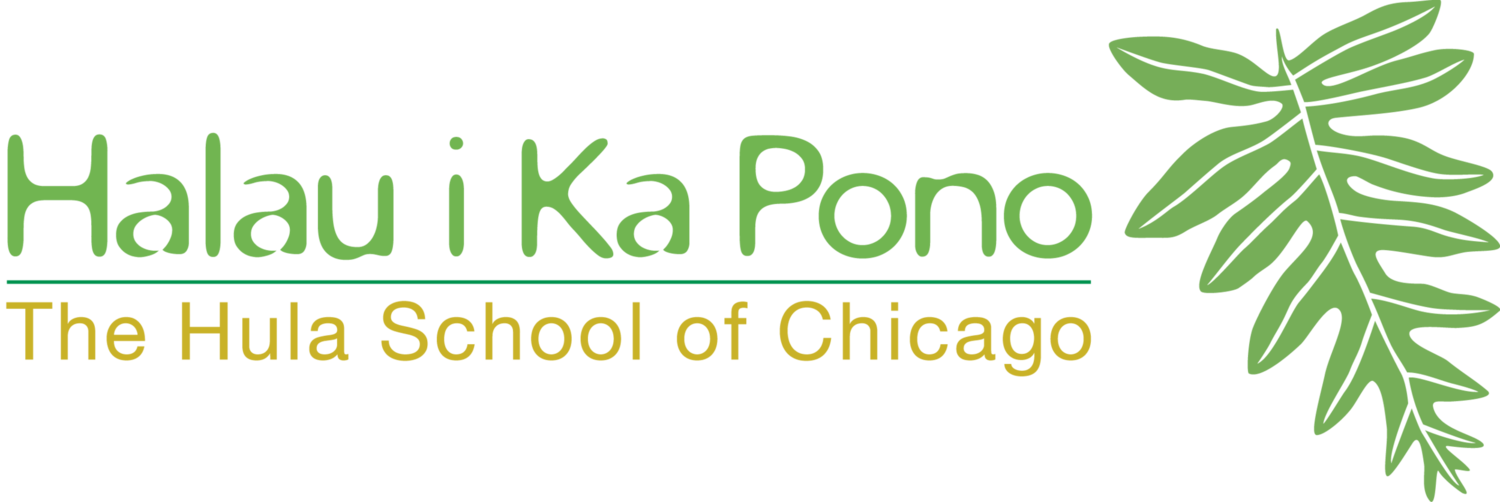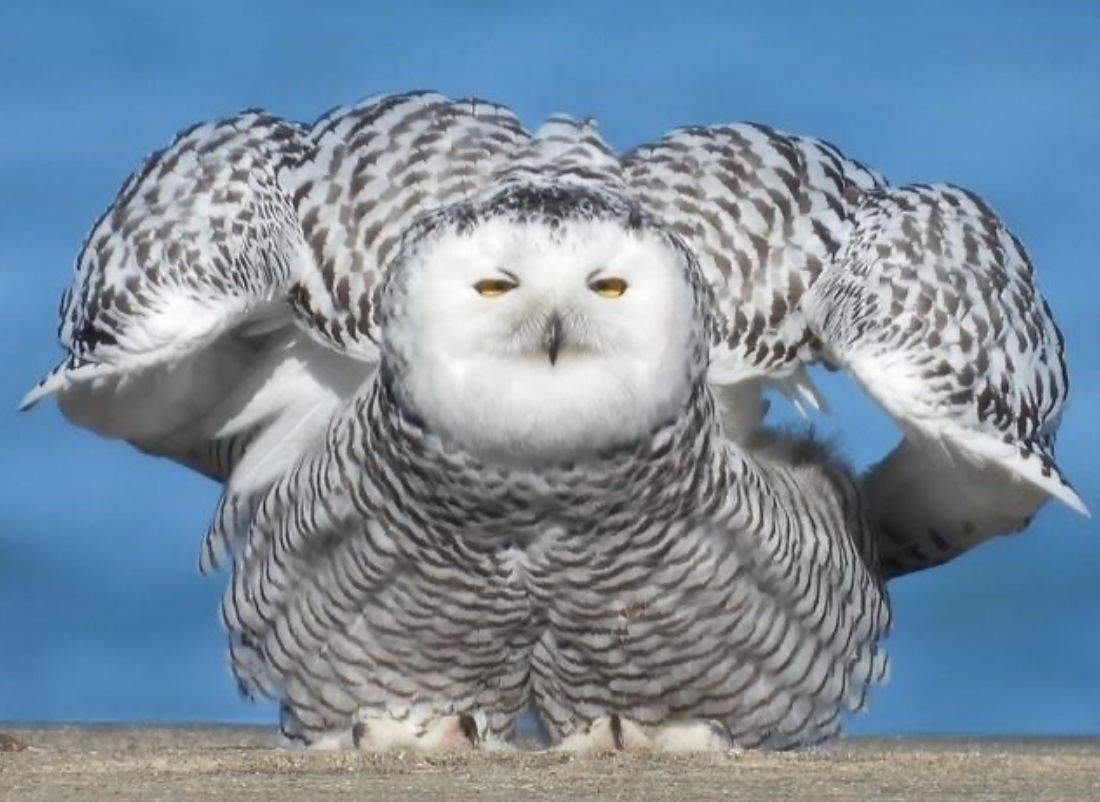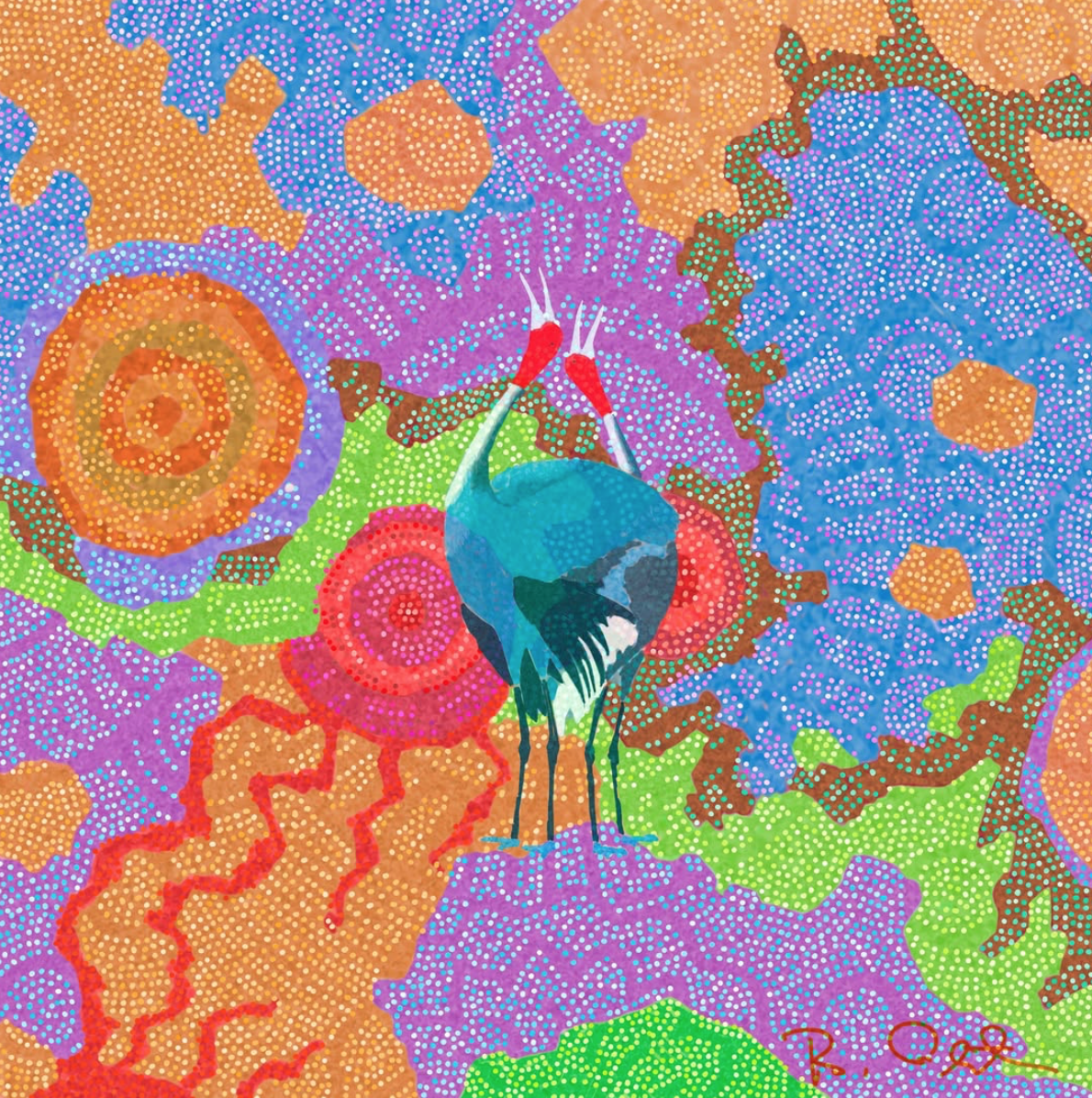“To be whole. To be complete.
Wildness reminds us what it means to be human,
what we are connected to rather than what we are separate from.”
Last week, I heard that the wild arctic snowy owls were at Montrose Pier!
The owls are called “irruptive” because you never know when they will appear. They were last sighted in this area about three years ago. Never having seen a snowy owl in person, my husband and I were excited!
We quickly cleared our calendars for the next day and drove down 290 onto Lake Shore Drive north to Montrose Beach. Because it was the week of Thanksgiving, the freeway was remarkably clear of cars making it an easy 30-minute drive.
Montrose Pier is located next to the Montrose Point Bird Sanctuary. It’s quiet and beautiful there. We stopped to park. There was an amateur photographer with an immense lens on his camera just getting out of his car near us. “Do you know where the snowy owls are?” we asked. He kindly pointed us in the direction of the pier which juts out and angles into the lake.
The skies were overcast and gray but that didn't dull our delight at being there. Lake Michigan was breath-taking as it spread out into wide open space, calm and slate blue. Why didn't we come here more often I thought.
Excitement building, we walked the concrete wall along the lake and saw a dopping of merganzers fishing for breakfast on the water. We passed a few people coming towards us as we headed toward the pier. “Have you seen the snowy owls?” we asked wide-eyed. “Yes,” they all smiled, “they’re magnificent” and pointed the way.
We kept walking and saw a small cluster of people stopped at signs that said “For the safety of the visiting snowy owls, the area beyond here is temporarily closed."
They were all looking north toward the edge of the pier. There they were! One was perched on a railing post, the other sitting on the concrete wall not too far away. One man had a small telescope set up on a tripod. “Wanna look?” he said in a friendly manner. “Sure!” we said and stepped up to the scope.
“It’s like a shot of the divine!” my husband said as he raised his head from the telescope. Indeed, the sight of those two snowy owls brought good humor to everyone there as we peered through the telescope, binoculars and cameras. There was a warmth in the cold air amongst strangers thanks to the owls.
The glow of their sighting stayed with me for the rest of the day. Those owls - untamed from the Arctic and utterly free - had called us out of our routines into something essential. Wildness matters - not as scenery or entertainment, but as medicine for the soul.
Those snowy owls reminded me that we need the untamed, the mysterious, the forces we cannot control or predict. Without wildness, we're not fully whole. The snowy owls restored us.
May you find what restores you this season.
Malama pono (take care of body, mind and heart),
June Kaililani Tanoue
Kumu Hula, Roshi
P.S. Recent talks at our Zen Life & Meditation Center:
June Tanoue, "Resistance: A Doorway to Deeper Practice" https://youtu.be/fkw4Bpw8eE0
Christian Solorzano, "Still Sitting" https://youtu.be/v7cvJ0qvQek





















